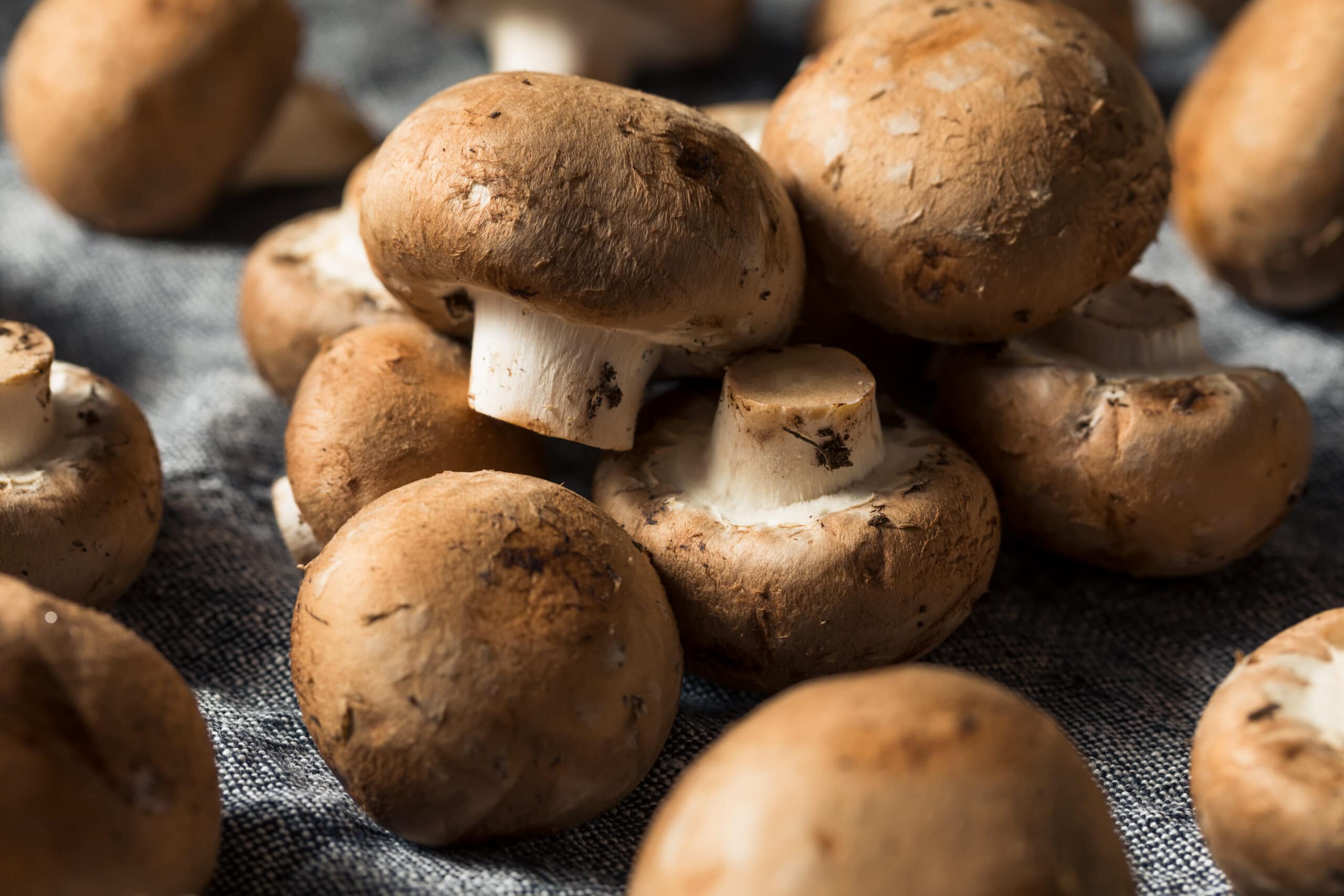
MSG is somewhat of a mysterious chemical compound. There has been a lot of hype about this common food additive, but exactly what is it and is it really bad for you?
Monosodium glutamate (aka MSG) is used to enhance the savoury ‘umami’ flavour of food. It is a white, odourless crystalline powder, commonly derived from the amino acid glutamate or glutamic acid.
Although MSG occurs naturally, it may also be produced synthetically in laboratories and factories. Synthetic MSG is made from fermented sugar cane, beet or corn starch through the process of fermentation. The same process is used to make vinegar, soy sauce and yoghurt.
There are no chemical differences between naturally occurring MSG and the MSG made in factories. The human body is incapable of distinguishing whether the glutamate in your diet comes from nature or whether it was synthesised in a lab.
Natural glutamate can be found in meat, fish, fruit and vegetables, including mushrooms. It is also found in human breast milk. As a general rule, foods that are higher in protein (such as meat, eggs, fish) contain large amounts of bound glutamate, whereas food that is lower in protein (such as fruit and vegetables) have high levels of free glutamate.

MSG was first discovered in 1908 by a Japanese chemistry professor. The story goes that Kikunae Ikeda was eating dinner with his family one night, when he stopped to ask his wife why the soup tasted so delicious. Mrs Ikeda gave credit to the kombu, a heavy kelp that is commonly dissolved in hot water to create ‘dashi’—a Japanese liquid stock used in many soups and broths.
This question led not only to the discovery of MSG, but also sparked mass-production of the popular glutamate. This, in turn, led to the discovery of umami, the fifth element of taste. In Japanese, ‘umami’ means savoury. It also refers to deliciousness. Umami is common to flavours found in foods such as asparagus, meat and cheese.
There are two criteria governing whether the appearance of MSG in food is reported on the label or not.
Firstly, if MSG occurs naturally in the food source, such as in Vegemite or oyster sauce, companies do not have to report that the food contains MSG on their labels.
However, if MSG is added to the product, it must be listed on the label—either under its name (Flavour enhancer (MSG)), or by its number (Flavour enhancer (621)).
Labels on takeaway food or restaurant menus do not have to mention whether or not MSG has been added to the food. However if you ask the staff whether the food contains MSG, they should be able to tell you.

As there is no evidence to back the claims that MSG causes negative health effects, the Food and Drug Administration (FDA) have classified MSG as ‘generally recognised as safe’ (GRAS).
To be approved for use in foods in Australia, food additives must be deemed safe by Food Standards Australia New Zealand (FSANZ). In 2003, FSANZ concluded that ‘there is no convincing evidence that MSG is a significant factor in causing systemic reactions resulting in severe illness or mortality.’
That said, there is anecdotal evidence that a small number of people react to the flavour enhancer. These reactions, known as MSG symptom complex, include:
These symptoms are usually mild and don’t require medical treatment.
While MSG may be safe, many chemicals should not be inhaled, consumed or applied to skin. To avoid accidental consumption, mishandling and misidentification, chemicals should be accurately labelled, tracked and stored. For assistance with chemical and hazardous material handling, SDS, labels and large quantities of chemicals, contact Chemwatch on (03) 9573 3100.
Sources: